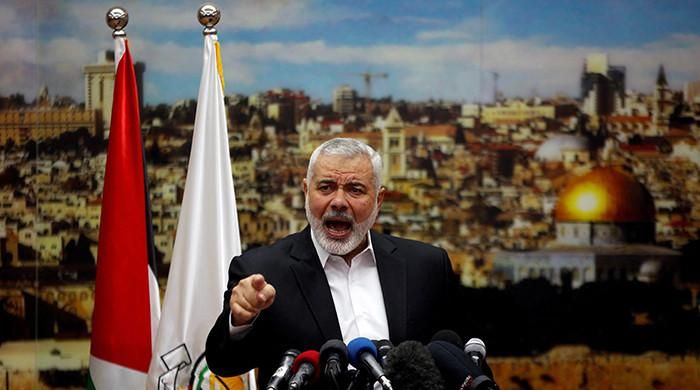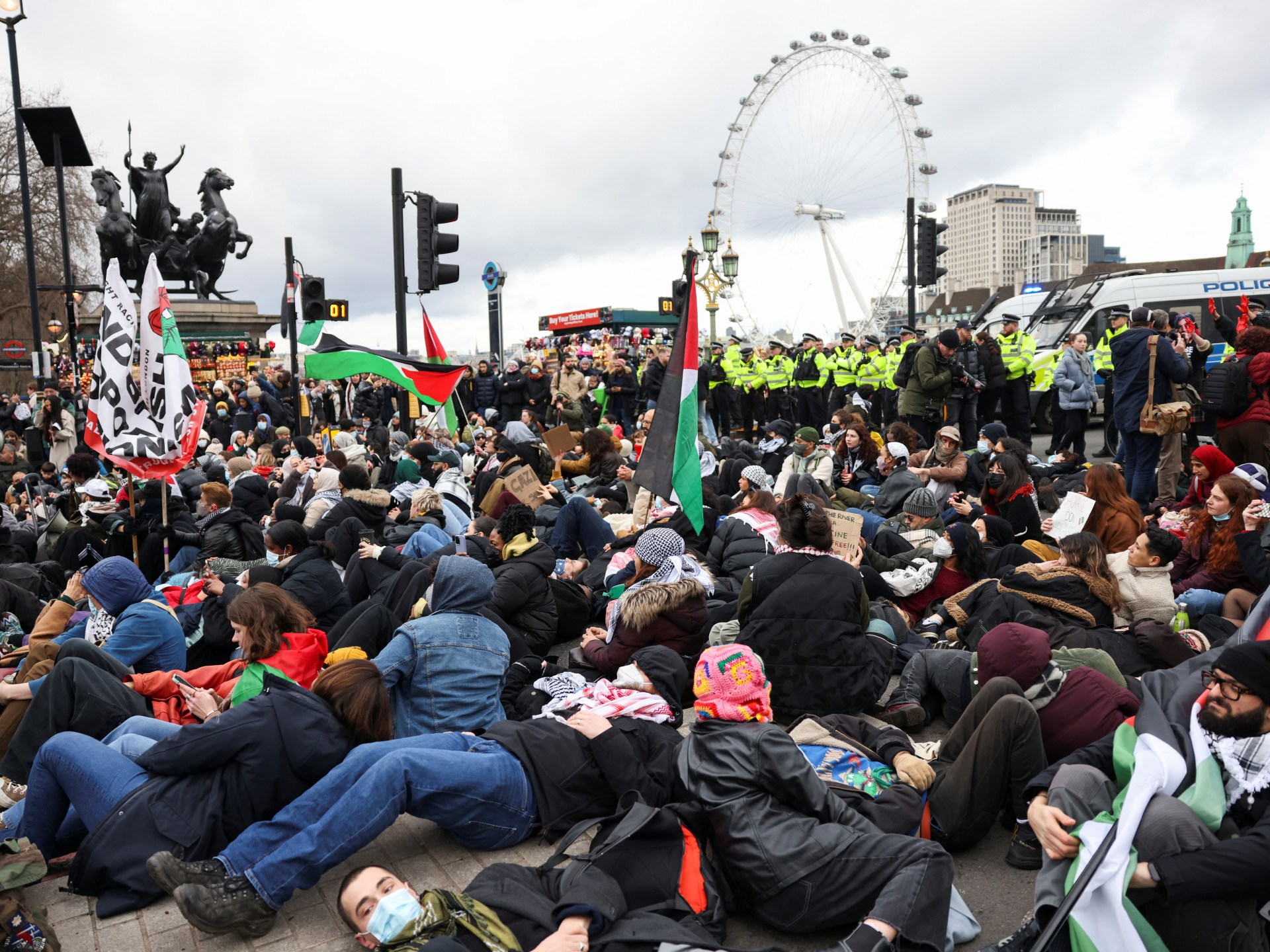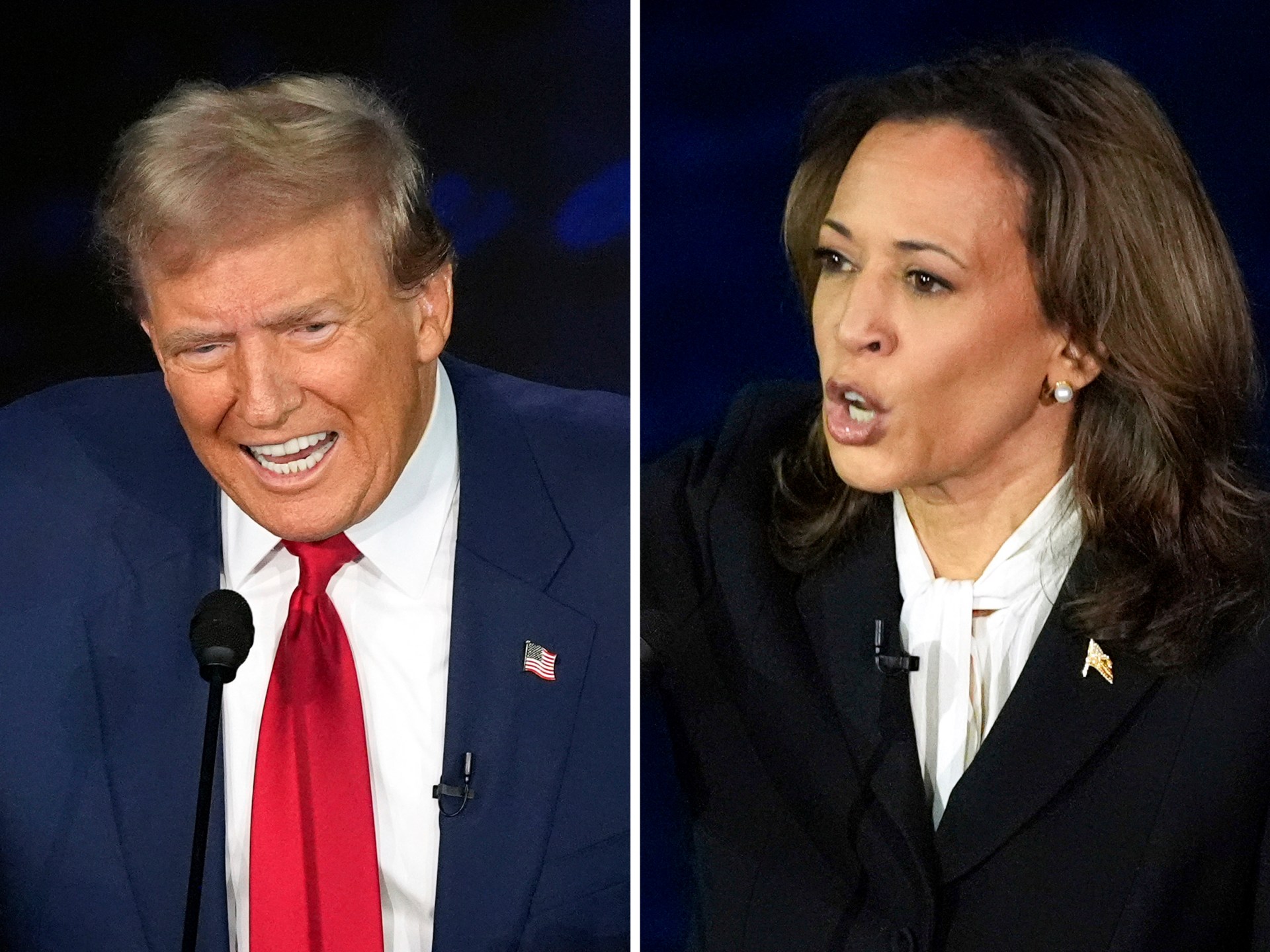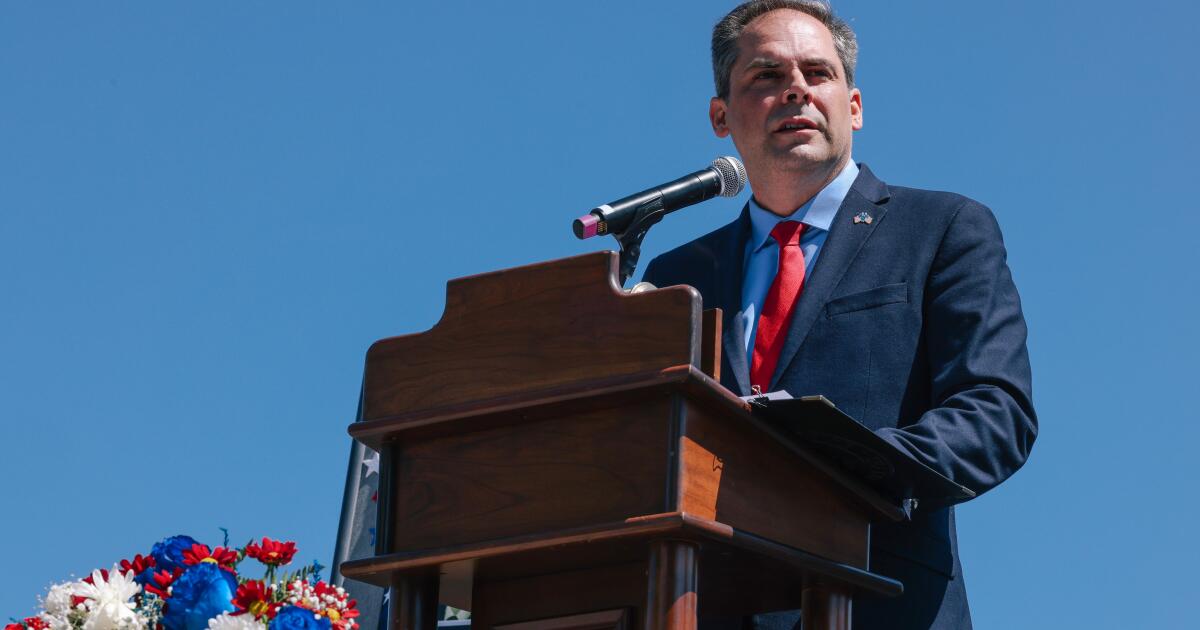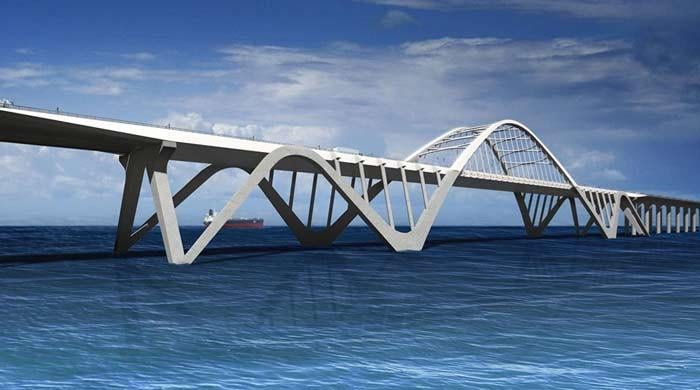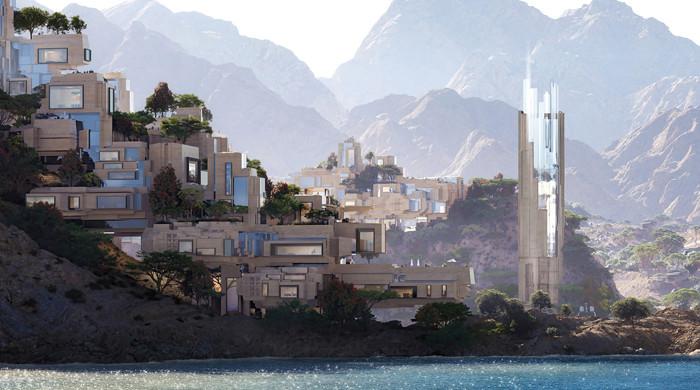Ismail Haniyeh, the Hamas leader who was killed in Iran, was the tough face of the Palestinian group's international diplomacy as war raged in Gaza, where three of his sons were killed in an Israeli airstrike.
But despite the rhetoric, many diplomats considered him a moderate compared with the group's more hardline members inside Gaza.
Appointed to Hamas' top post in 2017, Haniyeh shuttled between Turkey and the Qatari capital Doha, bypassing travel restrictions in the blockaded Gaza Strip that allowed him to act as a negotiator in ceasefire talks or speak with Hamas ally Iran.
“All the normalisation agreements you (Arab states) signed with (Israel) will not end this conflict,” Haniyeh said in an interview based in Qatar. Al Jazeera Israeli television shortly after Hamas fighters launched the attack on October 7.
Israel's response to the attack has been a military campaign that has so far killed more than 35,000 people inside Gaza, according to the territory's health authorities.
Children killed in airstrike
Three of Haniyeh's sons — Hazem, Amir and Mohammad — were killed on April 10 when an Israeli airstrike hit the car they were driving in, Hamas said. Haniyeh also lost four of her grandchildren, three girls and a boy, in the attack, Hamas said.
Haniyeh had denied Israeli claims that his sons were fighters with the group and said “the interests of the Palestinian people come before everything else” when asked if his killing would affect truce talks.
Despite all the harsh language he used in public, Arab diplomats and officials saw him as relatively pragmatic compared to the harsher voices inside Gaza.
As he told Israel's military it would find itself “drowning in the sands of Gaza,” he and his predecessor as Hamas leader, Khaled Meshaal, had traveled around the region for talks on a Qatari-brokered ceasefire deal with Israel that would include the exchange of hostages for Palestinians in Israeli jails as well as more aid for Gaza.
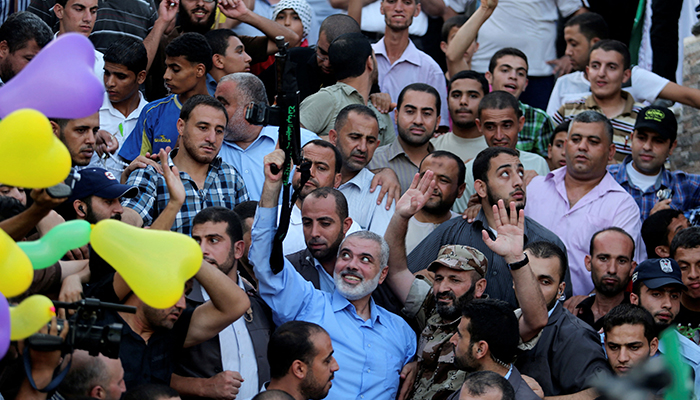
Israel considers all Hamas leaders to be terrorists and has accused Haniyeh, Meshaal and others of continuing to “pull the strings of the Hamas terrorist organization.”
But it is unclear how much Haniyeh knew in advance about the Oct. 7 attack. The plan, drawn up by Hamas's military council in Gaza, was such a closely guarded secret that some Hamas officials appeared surprised by the timing and scale on which it was carried out.
During the decade that Haniyeh was Hamas' top leader in Gaza, Israel accused his leadership team of helping divert humanitarian aid to the group's military wing. Hamas denied this.
Shuttle diplomacy
When he left Gaza in 2017, Haniyeh was succeeded by Yahya Sinwar, who spent more than two decades in Israeli prisons and whom Haniyeh had welcomed back to Gaza in 2011 after a prisoner swap.
“Haniyeh is leading Hamas's political battle against Arab governments,” Adeeb Ziadeh, a Palestinian affairs specialist at Qatar University, said before his death, adding that he had close ties to more hardline figures in the group and its military wing.
“He is the political and diplomatic front for Hamas,” Ziadeh said.
Haniyeh and Meshaal had met with officials in Egypt, which has also played a mediating role in the ceasefire talks. Haniyeh traveled to Tehran in early November to meet with Iran's supreme leader, Ayatollah Ali Khamenei, Iranian state media reported.
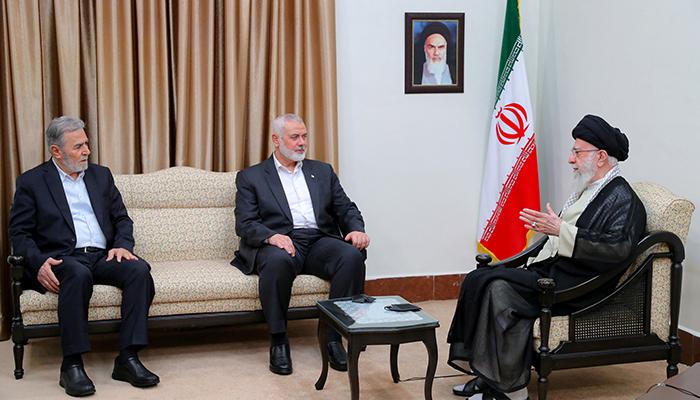
Three senior officials said Reuters that Khamenei had told the Hamas leader at that meeting that Iran would not enter the war because it had not been informed in advance. Hamas did not respond to requests for comment before Reuters published its report and then issued a denial after its publication.
As a young man, Haniyeh was a student activist at the Islamic University in Gaza City. He joined Hamas when it was formed during the first Palestinian intifada (uprising) in 1987. He was arrested and briefly deported.
Haniyeh became a protégé of Hamas founder Sheikh Ahmad Yassin, who, like Haniyeh's family, was a refugee from the village of Al Jura near Ashkelon. In 1994, he said: Reuters that Yassin was a role model for young Palestinians, saying: “We learned from him the love of Islam and sacrifice for this Islam and not to kneel before these tyrants and despots.”
By 2003, he was a trusted aide to Yassin, and was photographed in his Gaza home holding a telephone to the ear of the almost completely paralysed Hamas founder so he could take part in a conversation. Yassin was assassinated by Israel in 2004.
Haniyeh was one of the first to advocate Hamas's entry into politics. In 1994, he said that the formation of a political party “would enable Hamas to cope with emerging events.”
Initially rejected by Hamas leaders, it was later approved and Haniyeh became Palestinian prime minister after the group won Palestinian parliamentary elections in 2006, a year after the Israeli military withdrew from Gaza.
The group took control of Gaza in 2007.
In 2012, when I was asked: Reuters He told reporters that if Hamas had abandoned the armed struggle, Haniyeh would have “of course not” and that the resistance would continue “in all its forms: popular, political, diplomatic and military resistance.”

